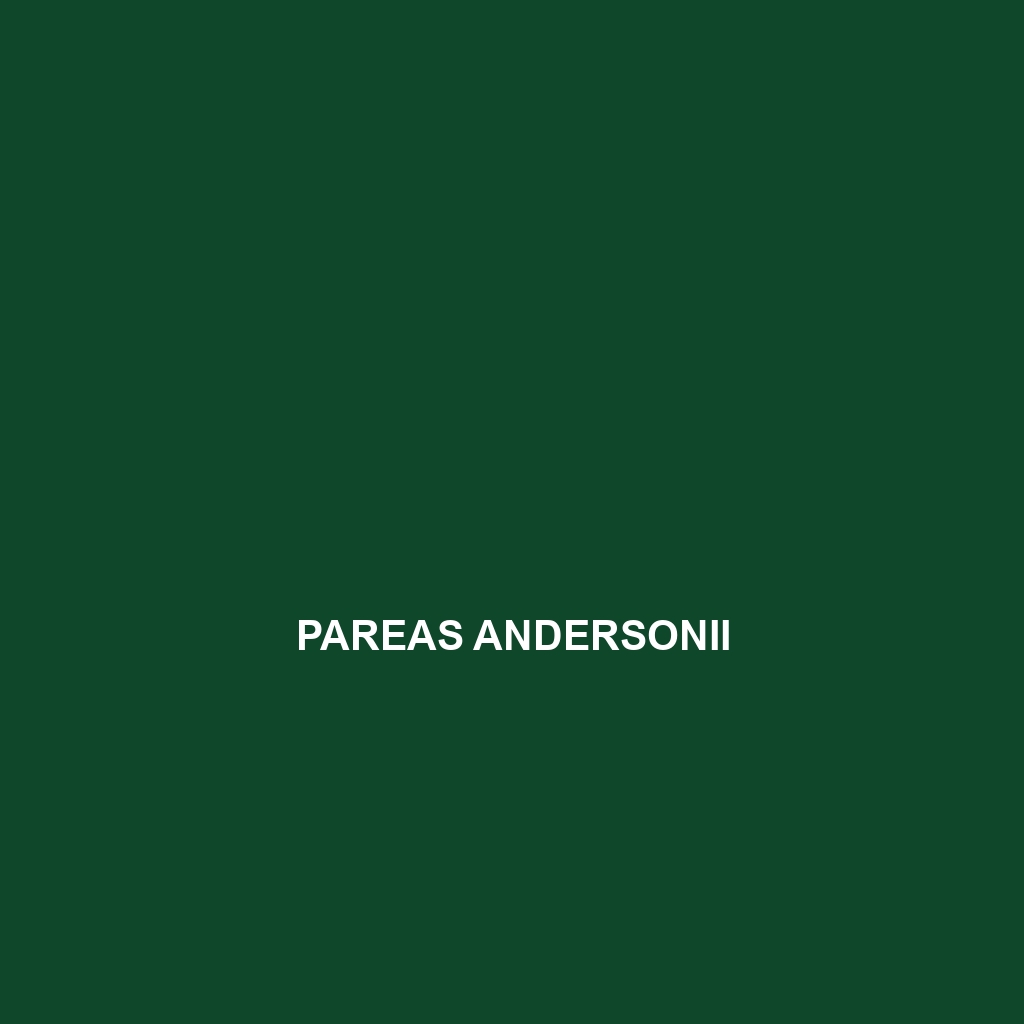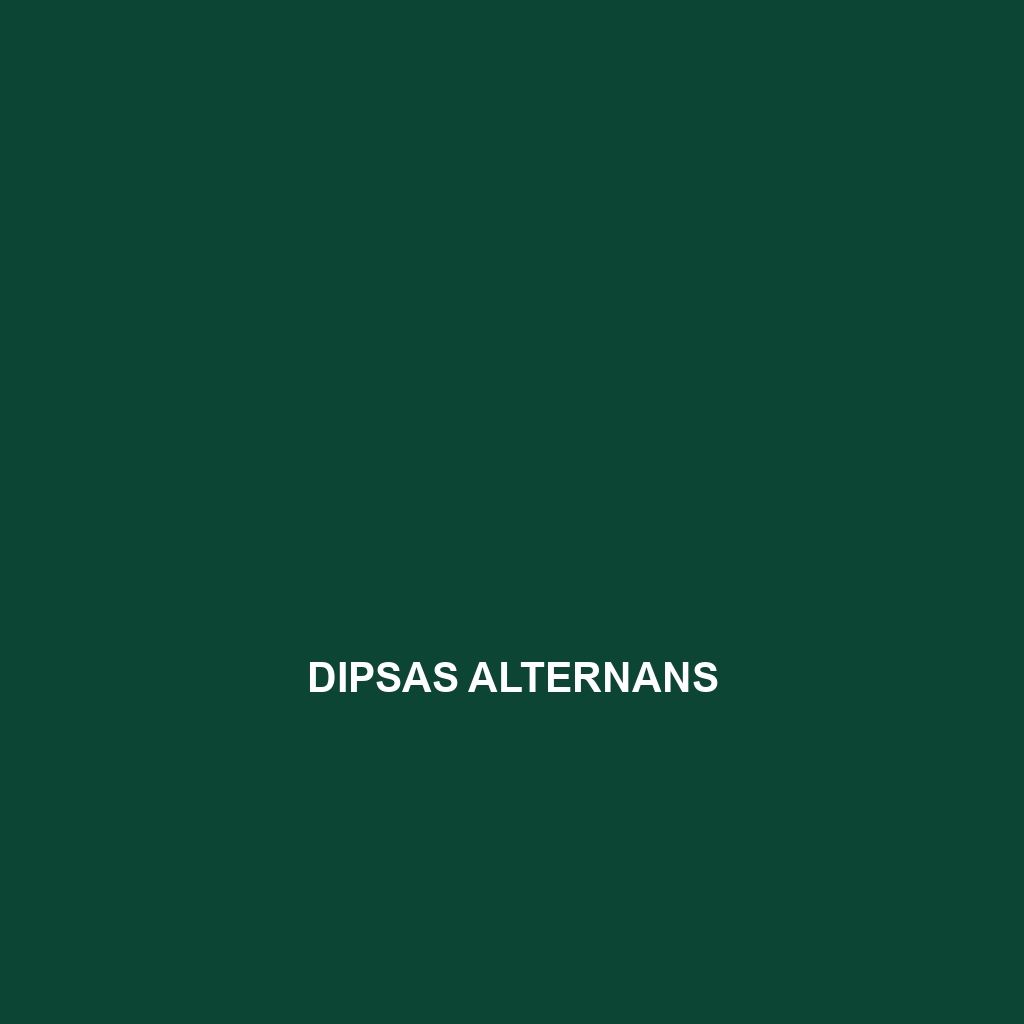<p><b>Sibon perissostichon</b>, known as the Pacific snail-eating snake, thrives in the humid rainforests of Central America, feeding primarily on land snails. With its distinctive olive green to brown coloration and specialized teeth for grasping shells, this non-venomous species plays a vital role in maintaining the ecological balance of its habitat.</p>
Tag: land snail diet
Pareas andersonii
<p><b>Pareas andersonii</b>, known as Anderson's snail-eater, is a non-venomous snake native to the rainforests of Southeast Asia, distinguished by its slender body and unique diet of land snails. This nocturnal predator exhibits remarkable camouflage and plays a vital role in controlling snail populations, contributing to ecological balance in its habitat.</p>
Oligodon mouhoti
Discover the Oligodon mouhoti, or Mokko snail-eating snake, a slender, nocturnal species native to Southeast Asia, known for its unique adaptation to consume snails with specialized jaws. With a distinctive light-colored stripe along its back and a critical role in controlling snail populations, this fascinating snake is a vital component of its rainforest and temperate forest ecosystems.
Dipsas oligozonata
Dipsas oligozonata, or Colombian Snail-eater, a slender, nocturnal snake reaching up to 1.5 meters that primarily inhabits the humid rainforests of Central and South America. Known for its diet of land snails and distinctive olive green and brown coloration, this species plays a vital role in controlling snail populations and maintaining ecosystem balance.
Dipsas alternans
fascinating Dipsas alternans, or alternate snail eater, a non-venomous snake found in the tropical forests of Central and South America. With its slender body, distinctive coloration, and diet primarily consisting of land snails, this nocturnal species plays a vital role in controlling snail populations in its ecosystem.




